Climate Impact: An estimated 1,338,569 tCO2e avoided annually.
Project Registry Link: Sumatra Merang Peatland Conservation | VERRA
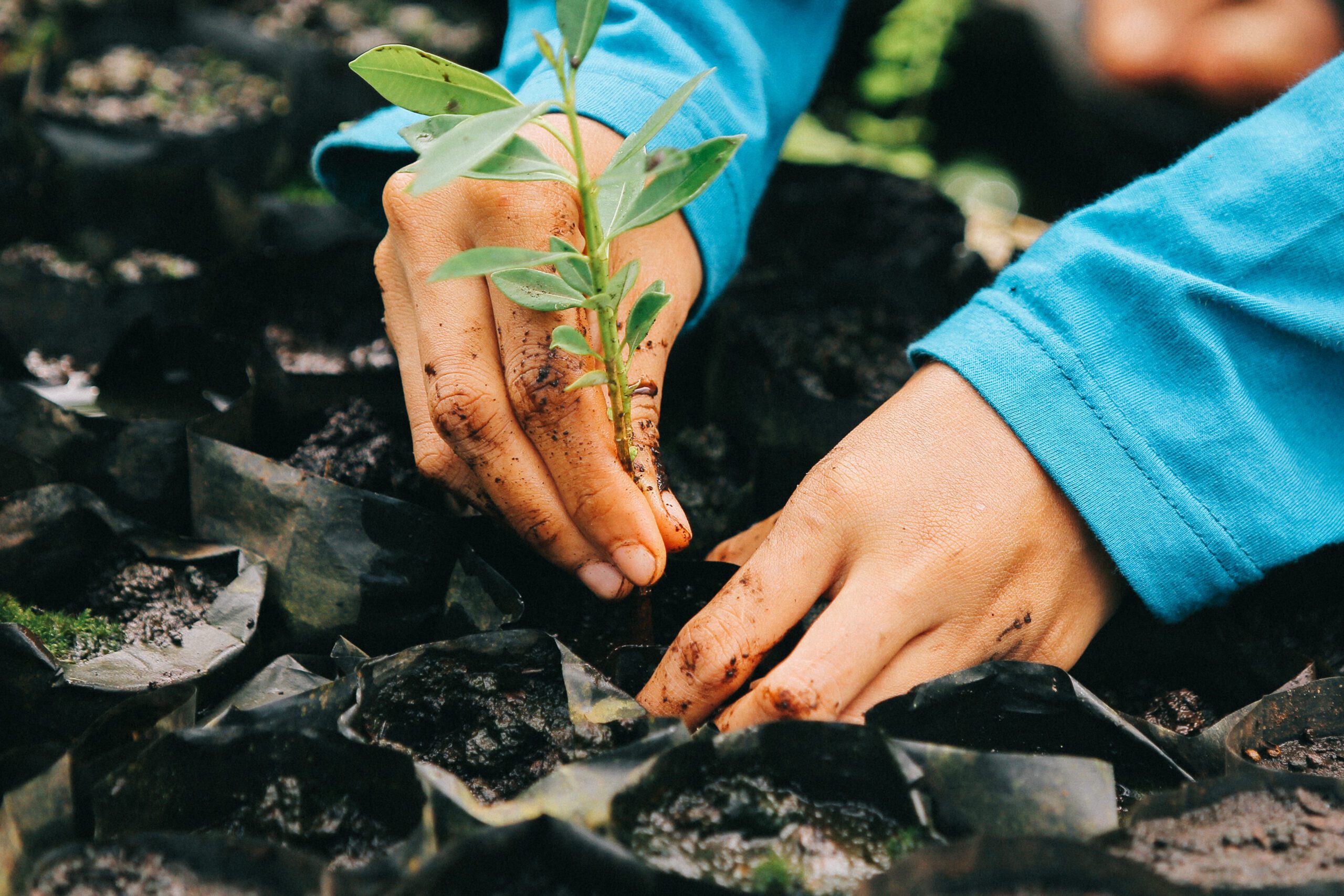
OUT OF STOCK: The Sumatra Merang Peatland Project protects and restores vital peatland in one of the largest, deepest, and last remaining peatland swamp areas in South Sumatra.
Afforestation, Reforestation, and Revegetation (ARR) and Wetlands Restoration and Conservation (WRC)
VERRA Voluntary Carbon Standard, and Climate, Community, and Biodiversity Standard
VCU, CCBA
VM0007 REDD+ Methodology Framework
VCS1899
2017+
Climate finance supports the conservation and restoration of the wetlands and native forests in this project area, preventing the release of emissions, while preserving vital habitat for native wildlife including the endangered Sumatran tiger, rhinoceros, hornbill and sun bear.
The project conducts key activities to increase the resilience of the ecosystem through peat rewetting, reforestation, and fire prevention. In 2015, the project’s fire prevention team successfully saved more than 6,000 hectares of forest from destruction. Furthermore, this project supports more than 145 local jobs.
Over the lifetime of the project, 8.1% of the net greenhouse gas (GHG) reductions and removals are expected to result from Afforestation, Reforestation and Revegetation (ARR) activities. The remaining 91.9% of GHG reductions and removals are expected to result from Wetlands Restoration and Conservation (WRC) activities which relate to the rewetting of drained peatland, restoration, and conservation of undrained and partially drained peatland.
In partnership with surrounding communities, the project contributes to multiple initiatives, including public health campaigns, water and sanitation infrastructure, employment, and education programs. By fostering inclusive partnerships and a culture of nature connection and sustainability in local communities, the project serves to reduce poverty and enhance the wellbeing of communities.
The Sumatra Merang Peatland Project (SMPP) has a limited number of communities living within the project area, with small communities that derive their likelihoods within the SMPP area all residing in neighboring areas outside the project boundary. These small communities are made up of fishermen and small-scale farmers and their families. The implementation of the project helps reduce fires, improve water quality (and therefore fish stocks), increase long-term livelihood and improve access to education and waste management. The project is also designed to offer youth and local employment to manage the SMPP.
The project activities deliver vital biodiversity conservation outcomes. The project protects and regenerates vital peatland habitats in Sumatra, an area known for its wildlife including the endangered Sumatran tiger, rhinoceros hornbill, Malay tapir and sun bear. Of the species identified in the project area, more than 50% are either vulnerable, endangered or critically endangered, indicating that the site will have a significant positive impact on biodiversity under this project. The expected net benefits for biodiversity include the persistence of intact, ecologically functional habitats, restoration and regeneration of degraded peatland, and ongoing and recovering populations of species of conservation
Permanence: Project activities must generate permanent reductions and removals in GHG emissions. This requires that the carbon sequestered and stored within the project area will not be released due to unmitigated risk factors such as natural fires, extreme weather events, pest and disease outbreaks and land tenure disputes that result in deforestation. The project actively mitigates risks to the permanence of GHG reductions and removals.
Additionality: A project is additional if the GHG emissions reductions and removals would not occur without the implementation of the project activities. Prior to the establishment of the project, the land area was legally designated as production forest, and conversion to industrial acacia plantation was the most likely land-use scenario. The project activities prevent planned deforestation, restore wetlands and reforest small compartments – all of which would not occur in the absence of the project. Therefore, the project GHG emissions reductions and removals are additional.
Leakage: In the context of REDD+ projects, leakage refers to the displacement of deforestation and forest degradation from within the project area to outside of the project area. The project must identify and account for all potential sources of leakage including (but not limited to) activity shifting of avoided planned deforestation and the displacement of agricultural activities by applying a leakage factor to the net emissions calculation, which essentially discounts the total issuance of carbon credits.
SDGs: The project contributes to the following United Nations Sustainable Development Goals:
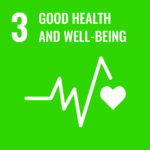
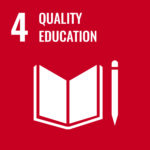
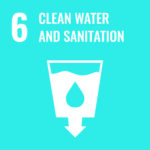
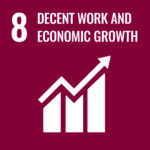
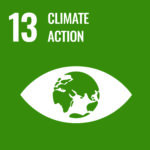

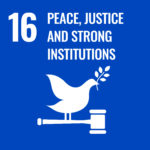
Out of stock
Your purchase goes to the procurement of fully verified and independently audited carbon offset projects. TEM’s operational, due-diligence, risk management and marketing costs are also included in the list price. By purchasing from these projects, you are mobilising capital to support the project’s ongoing operations and benefits, alongside of ensuring measurable emissions reductions and avoidance.
You may find a difference between the cost of projects listed on this site and the average prices listed on the wholesale carbon market/s. That’s because TEM offers projects where we have gone the extra mile to ensure their integrity and deliver you the end-to-end service that others won’t. Our pricing is fully inclusive of the end-to-end services to ensure integrity, including:
Once we’ve received your payment, we will: